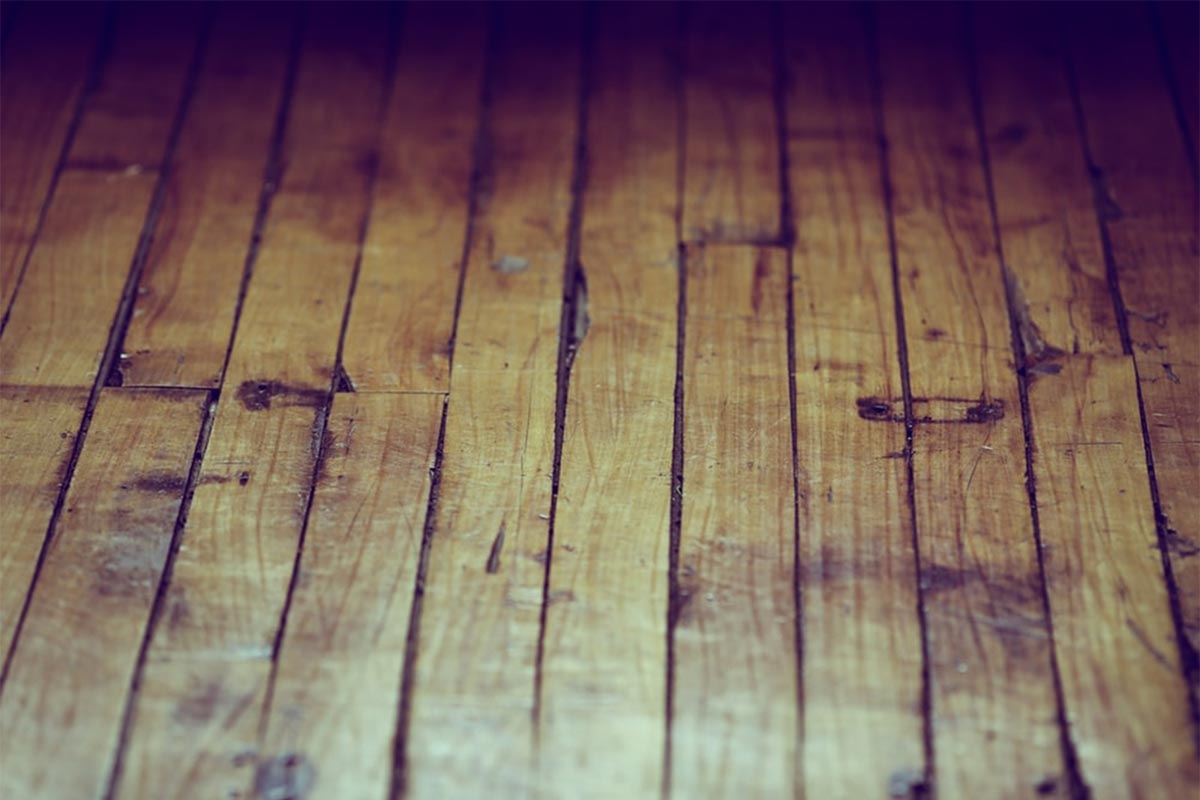Although wood flooring is easy to maintain, damage can occur. But don’t despair. You can repair a wood floor.
Before you repair
Take care! Sweep and wipe. Check what type of cleanser is best for your floor’s finish. Gentle is usually the way to go. A few throw rugs can enhance your décor, and protect your floors. And you know what you should do with those stiletto heels, right?
A minor scratch
- Check what type of finish was used on your floor. This could be wax, a water-based finish, varnish, an oil-based urethane, or a stain.
- If the scratch goes no deeper than the actual finish, use a damp cloth and wood cleaner to clean out the scratch.
- If the scratch is in the flooring itself, but is small, narrow, and shallow, you can buff the scratch out with some steel wool or fine sandpaper.
- Try blender pencils for small scratches, but make sure the colour matches.
- There’s no harm trying Mom’s homemade mixture of oil and vinegar!
More than a scratch—gouges or dents
Gouges occur immediately. Drop a heavy object on your hardwood flooring, and the damage is done. Dents take longer to form. A heavy dining-room table, for example, will leave an impression after a number of years.
The two most popular materials you can use to repair gouges and dents are:
- Water: This may sound somewhat strange. After all, water that is not immediately mopped up from a wood floor can cause damage. Nevertheless, sprinkle a few drops of water on the damaged spot, and place a thick cloth over it. Then, bring out your clothes iron, and use a low heat to iron the area. The water serves to expand the wood. Make sure you use only the tip of the iron.
- Wood filler or putty: You need to wait a while for putty to dry, but its adhesive capabilities are strong. Wood filler does dry rapidly, but will need a stain applied on top. Apply painter’s tape on the area around the gouge or dent to protect it from the stain or finish.
Damage to engineered wood floors
A wood floor repair kit may contain all you need to colour and hide a scratch in an engineered wood floor. Otherwise, sanding – not too much – should take out a scratch. Buffing works if the problem does not go further than the floor’s finish. You can also apply a very thin layer of wax or putty to the scratch.
If the damage goes deeper, or is generally quite extensive, consider hiring a professional. Make sure everyone is on the same page, and understands what you want done.
Note that water damage can be quite injurious to engineered wood flooring because of the many layers that comprise the flooring, so try to take action as soon as a spill occurs.
A tip for 2020
Don’t repair! Of course, don’t ignore large, ugly dents, or water damage. However, if your floor has somewhat faded with time, and is a veritable painting of scratches, consider leaving it untouched. This natural look is one of the latest trends in nouveau chic!
This post was written by Martin O’Callaghan, founder of Wood Flooring Ireland. Martin has been in the parquet industry for over 30 years gaining vast experience in the industry. They specialise in handmade bespoke wood flooring.
You are reading Repairing Scratches, Dents, and Gouges in Your Wood Floors


